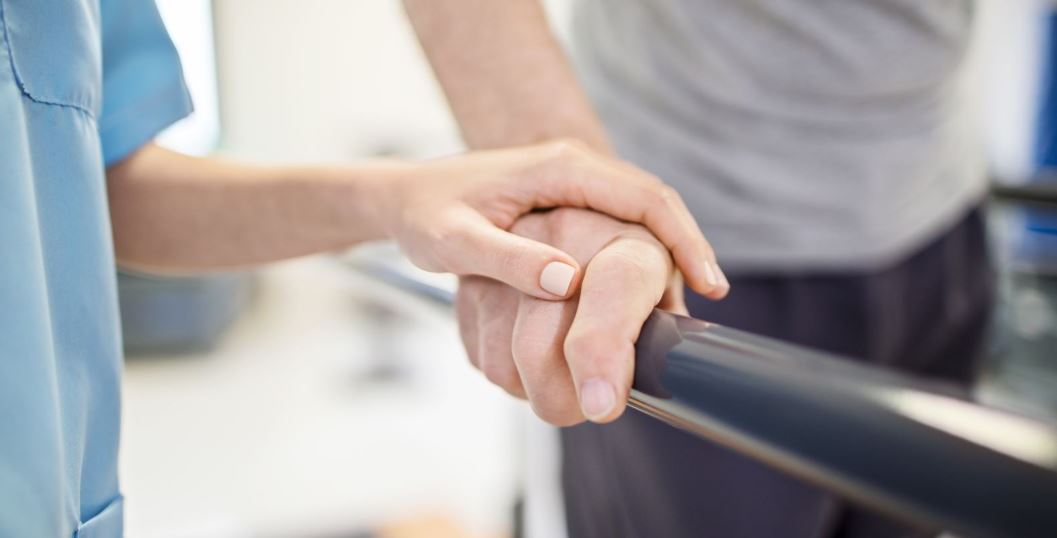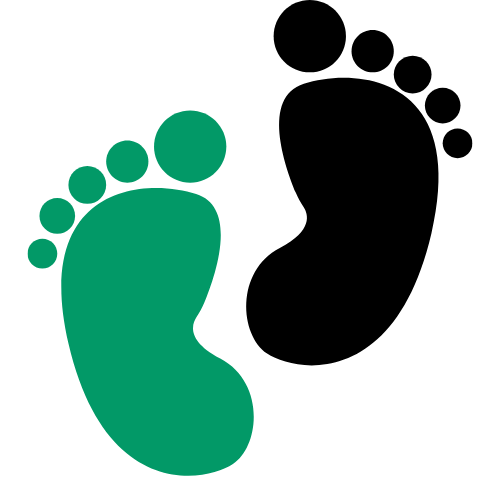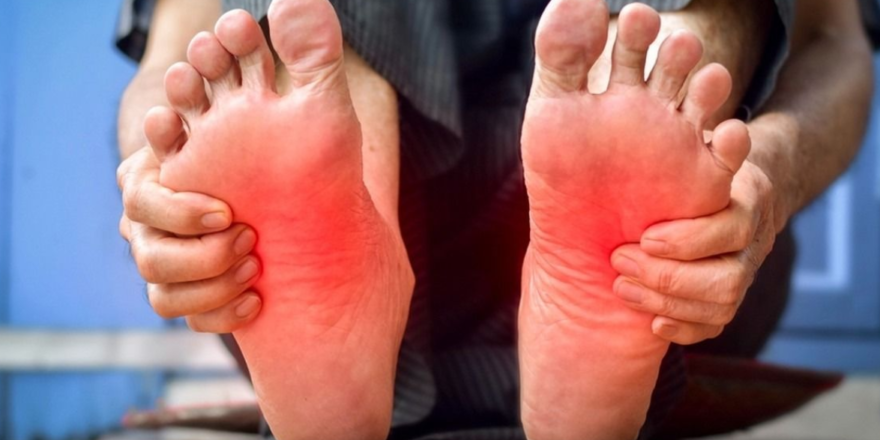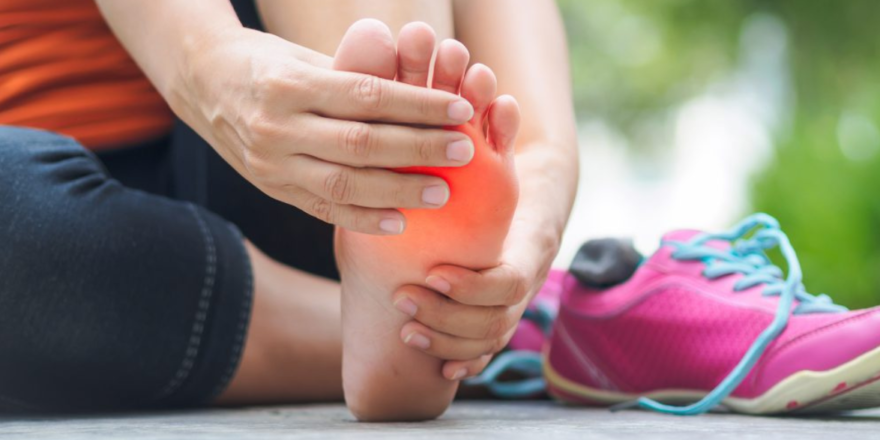Hallux Rigidus is a quite common issue that affects the joint in your big toe. When you have this condition, it can make that toe hurt and feel like it doesn’t move as easily. This might not sound like a big deal. It can actually cause a lot of problems in your daily life, like making it tough to walk comfortably or do simple activities.
In this informative guide, we’ll delve deeper into the world of Hallux Rigidus. We’ll discuss what causes it to happen in the first place, and how to recognize the signs that you might have it. Also what you can do to make it better?
Our goal is to provide you with clear and practical information. You can understand this condition and discover effective ways to manage it. By helping you get back to the activities you enjoy without discomfort.
Okay, Let’s Imagine trying to dance, walk, or even just run around with your friends, but your big toe feels like it’s stuck in place, causing pain and stiffness. That’s the reality for many people dealing with Hallux Rigidus.
But don’t worry about it. The good news is that with the right knowledge and care, you can regain the freedom to move comfortably and enjoy life to the fullest.
So, let’s dive deeper into Hallux Rigidus, unravel its mysteries, and find solutions to keep you on your feet, pain-free, and ready to conquer the world.
Introduction
The big toe, medically referred to as the hallux, is often an unsung hero in the world of locomotion. It might seem like a small player in the grand scheme of things, but it plays a pivotal role in maintaining our balance and bearing the weight of our entire body during everyday activities such as walking and running.
That’s where Hallux Rigidus comes into the picture. It’s a condition that gradually chips away at the joint’s ability to move smoothly and carry out its essential functions, leading to discomfort, pain, and a sense of stiffness that can make each step a challenge.
Causes of Hallux Rigidus

Understanding the underlying causes of Hallux Rigidus is essential for effective management and prevention. Several factors contribute to the development of this condition:
Genetics
Genetics can play a significant role in the development of Hallux Rigidus. If this condition runs in your family, it means you might have inherited genes that make you more susceptible to it.
This genetic predisposition doesn’t guarantee that you will develop Hallux Rigidus, but it does increase the risk. Understanding your family’s medical history can be crucial, as it can help you and your healthcare provider anticipate and monitor the condition more effectively.
Abnormal Foot Anatomy
The way your feet are structured can also influence your likelihood of developing Hallux Rigidus. Certain foot types are more prone to this condition. For instance, people with a high arch or those with flat feet often experience alterations in the mechanics of their feet.
These structural anomalies can place additional stress on the big toe joint, potentially leading to joint degeneration over time. It’s essential to be aware of your foot type and seek appropriate footwear and support, as it can help mitigate the risk and improve your overall foot health.
Trauma
Accidents happen, and sometimes, they involve the big toe joint. Injuries like a sprained or fractured big toe can be significant factors in the development of Hallux Rigidus.
Trauma to the joint can lead to premature wear and tear, disrupting its normal function. When the joint is injured, it becomes more vulnerable to degradation over time.
Early intervention and proper treatment can help minimize the long-term impact and reduce the likelihood of developing Hallux Rigidus as a result of trauma.
Overuse
Repetitive stress and strain on the big toe joint can contribute to the development of Hallux Rigidus. This is especially common among athletes and dancers who engage in activities that involve frequent and forceful movements of the foot, such as running, jumping, or dancing.
Over time, the excessive pressure on the joint can lead to joint degeneration, resulting in pain and stiffness. This may include proper footwear, orthotic devices, and incorporating adequate rest and recovery into your training regimen.
Arthritis
Arthritis is a significant risk factor for Hallux Rigidus, and it often serves as the primary cause. Osteoarthritis, a common type of arthritis, is particularly associated with this condition.
Arthritis-related Hallux Rigidus is often a result of the natural aging process, but it can also be influenced by other factors such as genetics and joint trauma. Proper management and treatment of arthritis can help slow down the progression of Hallux Rigidus and alleviate its symptoms.
Symptoms of Hallux Rigidus

Hallux Rigidus typically progresses gradually, with symptoms becoming more noticeable over time. Common signs and symptoms of this condition include:
Pain & Stiffness
The most noticeable and characteristic symptom of Hallux Rigidus is the presence of pain and stiffness in the big toe joint. This discomfort can range from mild to severe and often hinders your ability to move the toe freely.
The pain typically intensifies with any movement involving the big toe, such as walking, running, or even standing for extended periods. Imagine a persistent ache or sharp pain each time you take a step or bend your toe.
Reduced Range of Motion
As Hallux Rigidus progresses, you might observe a noticeable decrease in the range of motion in your big toe. Tasks that were once effortless, like bending your toe or pushing off when walking, can become challenging or even impossible.
The toe may feel rigid and unresponsive, making it difficult to perform activities that require full toe mobility. This limited range of motion not only affects your ability to move but can also impact your overall gait and balance.
Difficulty with Footwear
The pain and rigidity in the big toe joint can pose a significant challenge when it comes to choosing and wearing footwear. Many individuals with Hallux Rigidus struggle to find comfortable shoes that don’t exacerbate their symptoms.
Tight or narrow shoes can compress the joint and cause additional pain, while shoes with a more spacious toe box can provide relief. Finding the right footwear is crucial for managing this condition and maintaining comfort in your daily activities.
Treatment Options

The treatment for Hallux Rigidus aims to reduce pain, improve joint function, and slow down the progression of the condition. The choice of treatment will depend on the severity of the condition and the individual patient’s needs.
Here are the various treatment options available:
Conservative Treatments are often the first line of defense when it comes to managing Hallux Rigidus. These non-invasive approaches aim to alleviate pain and improve joint function without the need for surgical intervention.
Medications:
Non-steroidal anti-inflammatory drugs can be a valuable tool in managing the pain and inflammation associated with Hallux Rigidus. They can provide short-term relief, making daily activities more bearable.
Orthotics:
Custom orthotic devices or shoe inserts are designed to provide support and reduce pressure on the big toe joint. By redistributing the forces exerted on the joint during movement, orthotics can offer relief from discomfort. They can also play a crucial role in improving the alignment of the foot, which can have a positive impact on the affected joint’s function.
Physical Therapy:
Physical therapy is a valuable component of conservative treatment for Hallux Rigidus. It involves exercises and stretches specifically tailored to enhance joint mobility and strengthen the muscles around the affected area.
Skilled physical therapists can provide guidance on performing these exercises correctly and safely. Through consistent physical therapy, individuals can experience improved joint function and reduced pain, enabling them to maintain a higher level of activity and comfort.
Footwear Modifications:
Choosing the right footwear can make a significant difference in managing Hallux Rigidus. Shoes with a wide toe box and a lower heel can help alleviate pressure on the big toe joint.
These modifications allow for more space and reduce friction, providing comfort during daily activities. Properly fitting shoes can contribute to a better quality of life for individuals with this condition.
Activity Modification:
Sometimes, a simple change in lifestyle and activities can make a substantial difference. Avoiding or reducing high-impact sports or activities that worsen symptoms is a practical strategy.
By making mindful choices about physical activities, individuals can prevent further damage to the joint and reduce the frequency and intensity of pain episodes. Activity modification is a proactive approach to managing Hallux Rigidus and maintaining joint health.
Recovery & Rehabilitation

Recovery and rehabilitation following Hallux Rigidus treatment vary depending on the chosen approach and the individual patient. Here are some general guidelines:
Non-Surgical Treatment
If you choose non-surgical treatments such as orthotics, physical therapy, or medications to address your Hallux Rigidus, your journey toward recovery will likely involve gradual symptom improvement.
These non-invasive approaches focus on managing pain, increasing joint mobility, and enhancing your overall foot function. To achieve the best results, it’s vital to closely follow your healthcare provider’s recommendations, which may include custom orthotic devices or shoe inserts, a structured physical therapy program, and medications like non-steroidal anti-inflammatory drugs for pain and inflammation control.
Surgical Treatment:
If non-surgical interventions do not provide adequate relief or if Hallux Rigidus has advanced to a stage where surgical intervention is necessary, your recovery process will typically involve a more extended healing period.
Depending on the type of surgery you undergo, you may require specialized care, such as wearing a cast or specific footwear for a specified duration. Additionally, physical therapy may be recommended as part of your post-surgical rehabilitation plan.
Long-Term Care:
Hallux Rigidus is a chronic condition, which means that ongoing management is essential for maintaining your foot health and quality of life. Long-term care typically involves regular follow-up appointments with your healthcare provider.
These check-ups allow your provider to monitor your progress, assess the effectiveness of your treatment plan, and make any necessary adjustments. Long-term management may also include periodic imaging studies to track changes in the joint and disease progression.
By staying engaged in your long-term care plan, you can enjoy improved comfort and mobility while managing Hallux Rigidus effectively.
Conclusion
Hallux Rigidus may present challenges, but with knowledge and proactive measures, you can take control of your foot health and overall well-being. While it’s true that this condition may not always be entirely preventable, the power of early recognition and timely medical intervention should not be underestimated.
By understanding the factors that contribute to Hallux Rigidus and recognizing its telltale signs, you equip yourself with the tools needed to mitigate its impact on your life.
Furthermore, the array of treatment options available, ranging from conservative approaches like orthotics, physical therapy, and medication to surgical interventions when necessary, underscores the importance of personalized care.
Your healthcare provider can work with you to tailor a treatment plan that aligns with your specific needs and goals, ultimately paving the way for a more comfortable and active lifestyle.
With the right approach, ongoing care, and a commitment to their foot health, individuals with Hallux Rigidus can not only manage their condition but also thrive and continue enjoying the activities that bring them joy and fulfillment.





